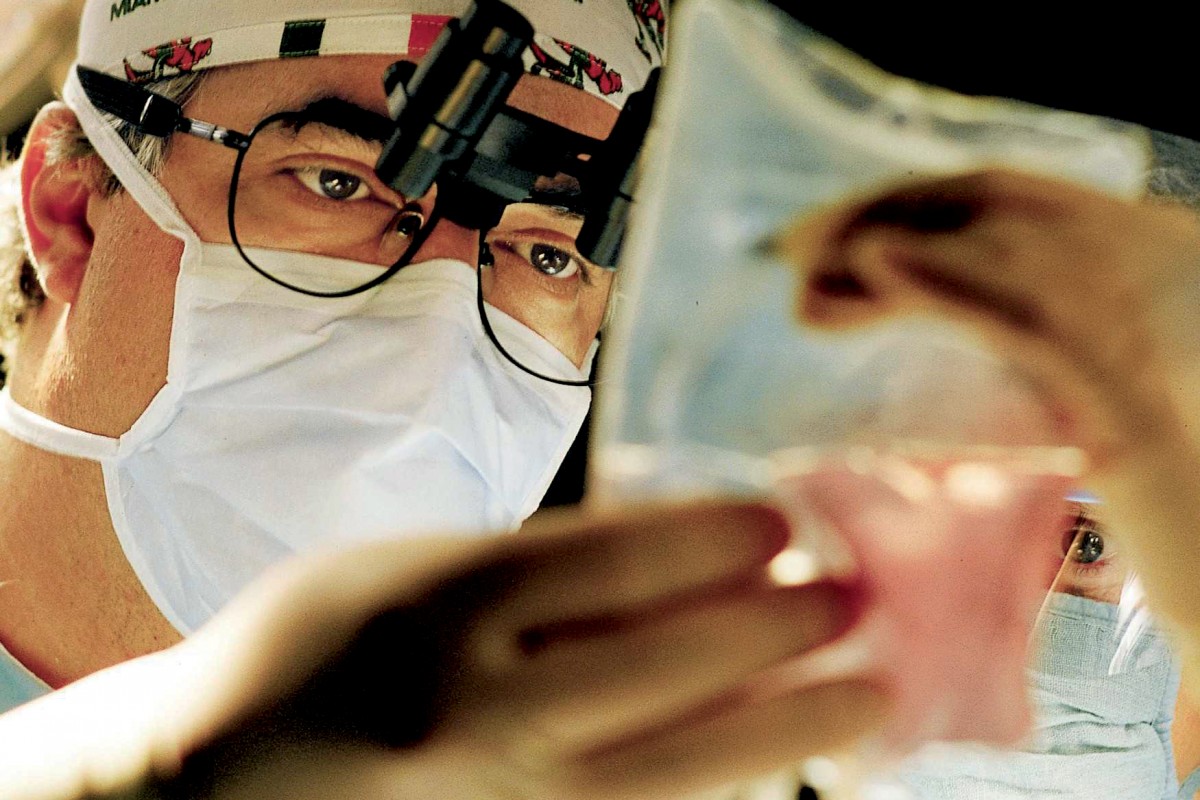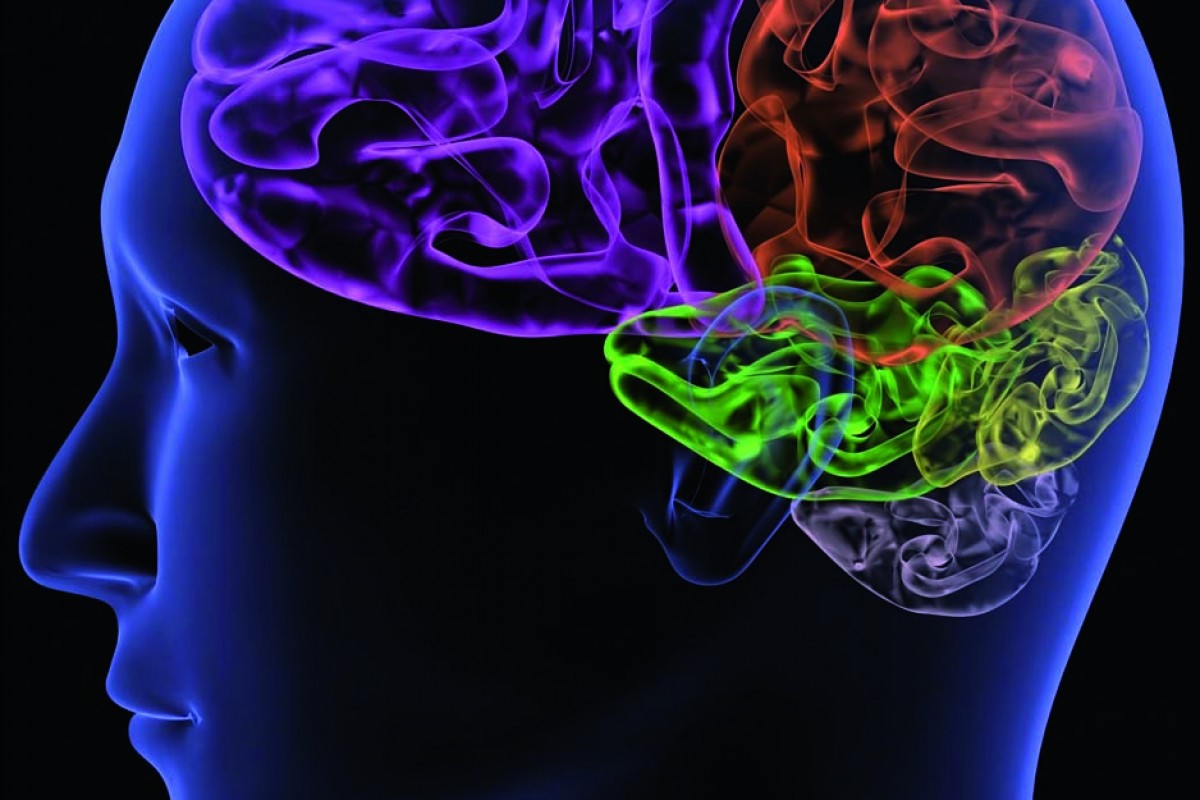
Those pancreatic islets that free from insulin dependence
The first patient to undergo transplantation with the new technique that involves the use of a bioengineered “mini organs” that mimic the native pancreas, for the treatment of one of the most severe forms of diabetes, is doing well and free of insuline dependency. The results of the technique – developed at the Diabetes Research Institute (DRI) in Miami – by the Italian Camillo Ricordi were presented at the European Society of Organ Transplantation (ESOT) held recently in Brussels. The patient transplanted in August, has once again become insulin-independent in record time following implantation of insulin-producing cells within a biological “biodegradable scaffold”.
The patient, 43, of San Antonio, Texas, underwent the minimally invasive procedure on 18 August, 2015 and is currently producing her own insulin naturally for the first time after being diagnosed with type 1 diabetes at the age of 17.
“The first patient in our pilot study is now completely independent of insulin with excellent blood sugar levels. These are the best results ever seen in a receiver of islet transplantation,” said Camillo Ricordi, director of the Diabetes Research Institute (DRI ) and Director of DRI’s Cell Transplant Center at the University of Miami
This is the first case in which the islets have been transplanted with tissue engineering techniques within a biological scaffold re-absorbable on the surface of the tissues that cover the abdominal organs.
The technique allows minimizing the inflammatory reaction usually observed when the islets are transplanted into other areas of the body in immediate contact with the blood. “If the results are confirmed, we are facing the beginning of a new era for pancreatic islet transplantation. Our goal is to integrate the technique in order to be able to eliminate the anti-rejection therapies,” continued Ricordi.The omentum is a highly vascular tissue that covers the abdominal organs.
The donor islets are implanted within a biodegradable scaffold, one of the platforms for the BioHub, realized through a combination of patient plasma and thrombin, a common enzyme for clinical use. These elements, when combined, create a gelatinous substance (gel) that adheres to the omentum and keeps the islets in place.
The omentum wraps around the biodegradable scaffold, which the body absorbs gradually leaving the islets intact, while new blood vessels are formed to supply oxygen and other nutrients essential for cell survival.
The DRI is already working with international DRI Federation centers, including in Italy, the ISMETT of Palermo, and the Niguarda and San Raffaele Hospitals in Milan, so this innovative technology can also be exported to Europe.
Mario Pappagallo








